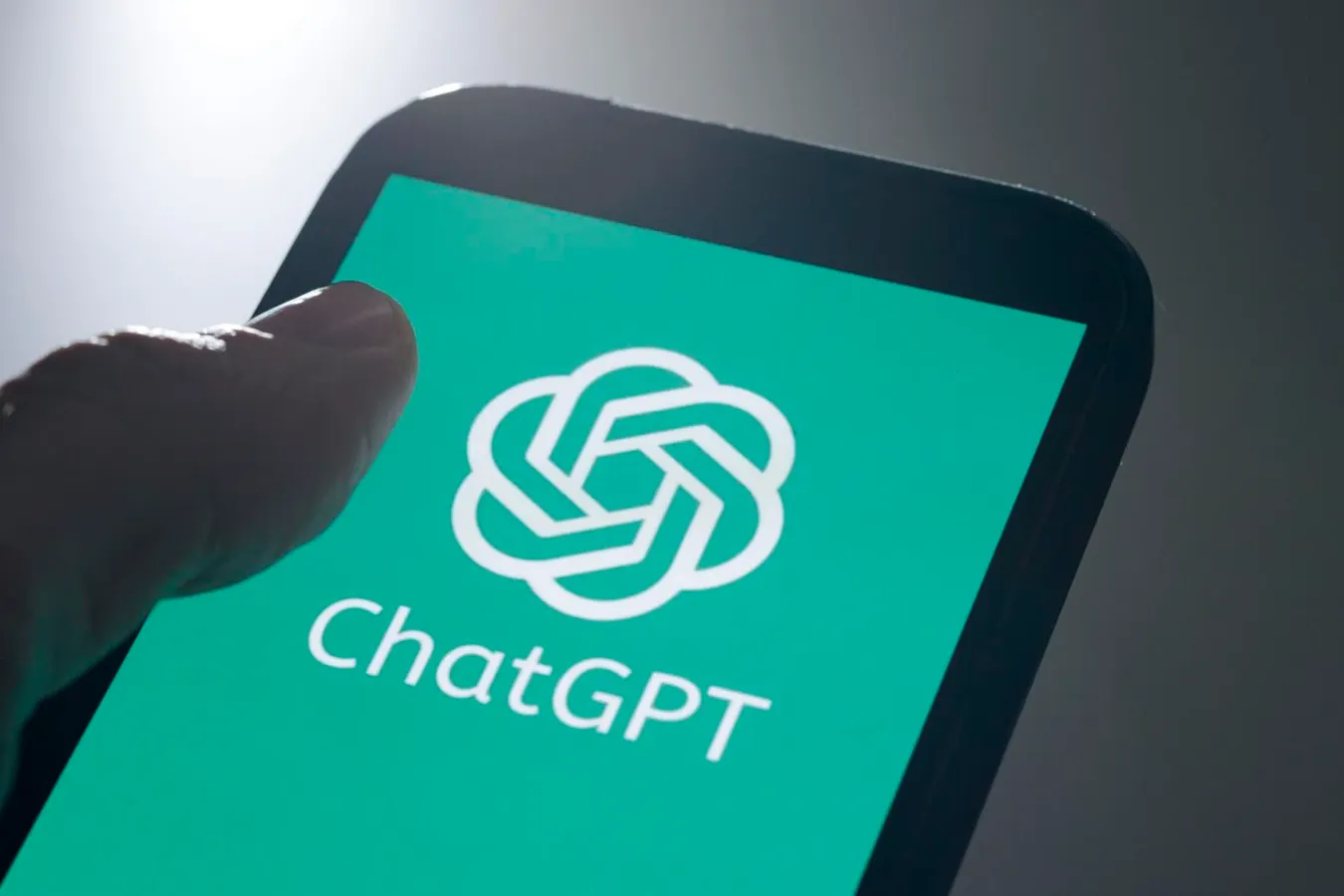Copyright forbes

Learning how to use AI is not a one-stop shop. Bringing AI into your everyday life can help leaders to upskill as technology continues to rapidly develop. Photothek via Getty Images Upskilling in AI can feel daunting. AI is evolving so fast it can feel hard to keep up. What can leaders do to develop their AI skills, given limited time and high work demands? It turns out that upskilling doesn’t have to mean devoting large blocks of time (that leaders often don’t have) to learn loads of information all at once. Rather, leaders can build AI skills through everyday “micro-experiences.” Ethan Mollick, a professor at the Wharton School of the University of Pennsylvania and author of the book Co-Intelligence (a good upskilling resource for leaders to learn how to work with AI), has spoken on this topic. He advocated for hands-on experience with AI in an interview with TIME: “The key is experimentation. […] you start with what you do in your life. You bring it to all your tasks, and you’ll learn what it’s good or bad at very quickly.” Mollick estimates that about 10 hours of working with an AI model gives people a good grasp of it—time that can be accrued over a few weeks without creating an undue burden. So, to riff on the Nike slogan, to upskill in AI: “Just Use It.” Here are some tips on how to bring AI into your everyday work, so that upskilling becomes a small part of the daily routine. 1. Find your AI role models Learning from others who are making the most of AI can shorten your own learning curve. Try to identify a few AI role models for yourself. Turn to a tech-savvy colleague or someone you look up to in your industry to ask for their latest tips, the tools they currently find interesting, and their perspectives on AI use. Looking outside your industry can also be informative. Finding someone in a similar role, but different sector, can bring in new ideas. For example, software developers are often early adopters (and sometimes early critics) of emerging technologies and can provide a glimpse into the future of work, even if your own work is not directly in that field. Not sure anyone you know fits the bill? Attending events, workshops and conferences, or courses on AI-related topics—whether in person or virtual—can help you to add some AI role models to your network. You could also identify some more distant role models: for example, subscribing to a newsletter like Ethan Mollick’s One Useful Thing, Stanford’s Human-Centered Artificial Intelligence community, or Designing Tomorrow from the Psychology of Technology Institute. Resources like this can also point you to events and courses. MORE FOR YOU AI role models can also be family and friends who use AI in creative or unexpected ways. For example, I learned from a friend that he had asked ChatGPT to give him constructive feedback about his strengths and weaknesses based on their conversations together. I enjoyed replicating this in my own life and afterward discussing the surprising insights as well as impressions we felt were perhaps mistaken. 2. Let curiosity be your AI guide Ethan Mollick emphasizes the value of experimentation—and having curiosity about AI can inspire you to bring it into your everyday activities. Being curious can mean playing around with AI outside of your work, as in the example of asking ChatGPT about personal flaws. You might try out AI for assistance with aspects of your daily life. Spending too much time meal planning for your family? Test AI as help to generate a weekly menu and shopping list, given certain dietary restrictions and preferences. Hosting a party soon? AI could generate an image for the invitation. Worried about uncomfortable conversations coming up over the holidays? AI could help to prepare you and offer advice for approaching topics thoughtfully. Beyond household admin, test out how AI could support an out-of-work hobby or passion. This could be asking AI to help structure a travel plan for a vacation you’re taking soon, give feedback on or generate illustrations for a short story you’re working on, or on a long car ride, asking it to create an interactive trivia quiz about your favorite movie genre to pass the hours. By using AI in your personal life, you might serendipitously discover ways that it could also be helpful in your work—for instance, realizing after using AI to plan your own vacation that AI could help create materials to assist out-of-town visitors to your organization or new hires who are relocating learn about the local area. 3. Don’t overuse AI Mastery of AI also includes knowing when not to use AI. In experimenting with AI, keep in mind reasons to avoid (over)using AI. For example, sustainability reasons. Using AI consumes a substantial amount of energy, as this 2025 MIT Technology Review analysis illustrates. Given these costs, some individuals adopt a strategy of using good old-fashioned internet browsing for more straightforward activities when possible and saving AI for when it’s truly necessary. There are also ethical reasons. Fairness, for instance: it might save time to give an employee feedback on their report or presentation with AI, but given that AI lacks contextual information and might harbor biases (for instance, from being trained on mostly Western or male data), this use might be unfair. And of course, privacy: when testing out AI, make sure not to share potentially sensitive information with public models, like taking steps such as redacting customer and employee data. Finally, don’t over-rely on AI. When it comes to writing, for example, AI might do well enough at summarizing meetings and action steps, but for more creative endeavors, AI can only get you so far. Likewise, be cautious in using AI for more human endeavors. Studies of over 6,000 U.S. and U.K. adults conducted this year show that empathy from humans matters more than empathy from AI. Colleagues might be disappointed or even trust you less if they realize that your expression of grief for their recent loss sentiment of congratulations for their accomplishment was entirely AI-written. (Just think of how annoyed your romantic partner or best friend might be if they discover that an apology text was AI-generated…) AI can make a great sparring partner for guidance on how to respond in social situations, but it doesn’t make a great substitute – at least, not yet. AI fluency isn’t a one-time achievement but a daily habit. Connect with others, stay curious, and learn a little bit at a time. Editorial StandardsReprints & Permissions



